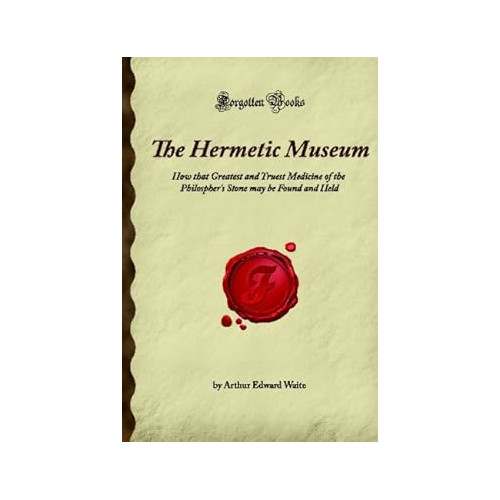First published in 1678, The Hermetic Museum: How that Greatest and Truest Medicine of the Philosopher’s Stone may be Found and Held offers not a recipe for gold, but a gallery of allegories and doctrines that shaped both early modern science and the esoteric imagination.
Review
First issued in Latin in 1678 and later translated into English under Arthur Edward Waite’s eye, The Hermetic Museum: How that Greatest and Truest Medicine of the Philosopher’s Stone may be Found and Held remains one of the most intriguing gateways into Western alchemy. Its promise is audacious — to show how the Stone itself may be “found and held” — but its gift is subtler: a theatre of allegory, parable, and doctrine through which the adept learns not a recipe but a worldview.
The twenty-two tracts collected here form a gallery of the alchemical imagination. The Golden Tract sets down the central dogma of one matter, triply composed of sulphur, mercury, and salt. The Sophic Hydrolith and The Golden Tripod unfold in emblems and parables, veiling their chemistry in drama. The Book of Lambspring sketches animal allegories of inner conjunction, while An Open Entrance to the Closed Palace of the King strips away much of the obscurity and speaks with uncommon clarity. What binds them is a conviction that Nature’s own processes — fire, dissolution, renewal — mirror both the work in metals and the work in the soul.
If legend and apocrypha sometimes blur the historical record, the Museum nonetheless preserves a distinctive current of seventeenth-century adept literature. It is less a manual of laboratory practice than a moral and imaginative treasury, insistent that humility, secrecy, and divine grace are as essential as any furnace or crucible.
For the modern reader, its value is twofold: as a milestone in the history of chemistry, and as a symbolic mirror in which artists, psychologists, and seekers still find themselves reflected. The Hermetic Museum does not hand us the Philosopher’s Stone, but it preserves the atmosphere in which such a quest could be imagined — solemn, perilous, and endlessly alluring.
Find a more in depth discussion here

